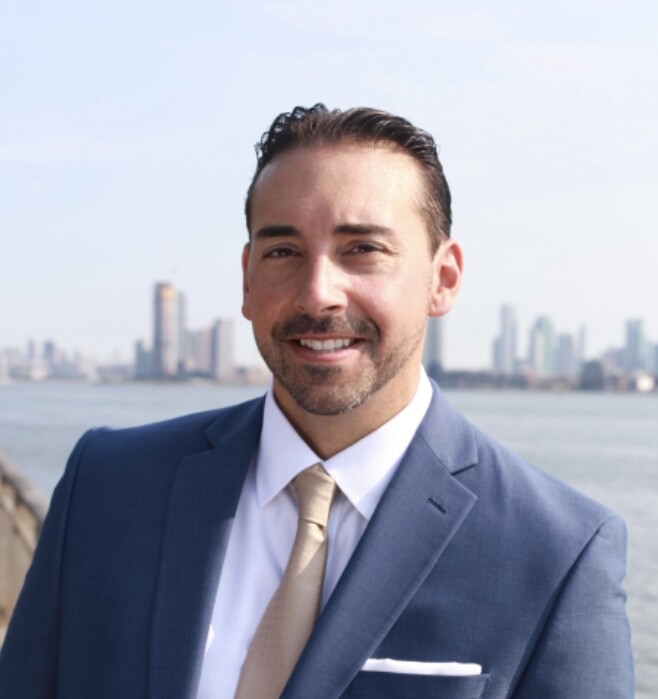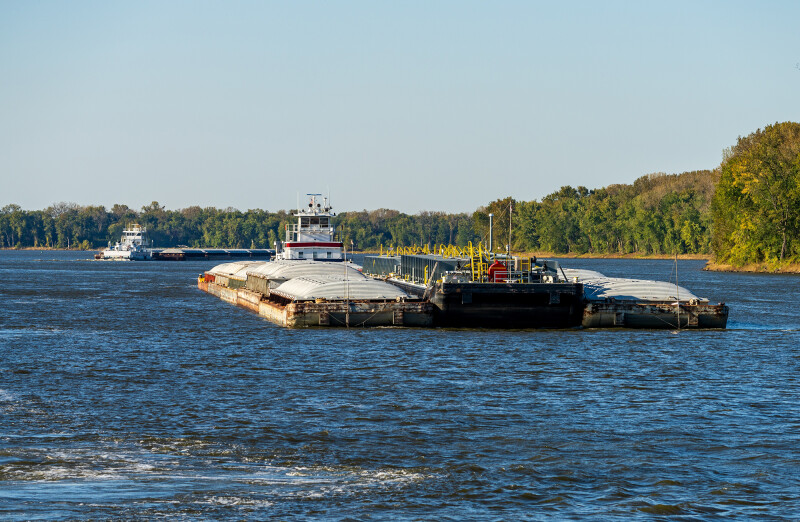Throughout my career, I’ve developed and implemented a range of management systems to mitigate business, operational, and enterprise risks. When properly executed, these systems improve performance and deliver fiduciary benefits. They can range from simple to complex, targeting areas such as quality assurance, environmental and energy management, and physical or information security. In the maritime industry, the most common focus is on safety management systems (SMS).
Safety management systems can vary in design, as their requirements differ across sectors of the industry. They may be set by international standards such as IMO and ISM Code, ISO 45001 Health and Safety, regulatory standards such as Subchapter M and towing safety management systems or just a system built around best management practices. However, there is one extremely important piece that is needed to foster the real goal of an SMS, which is to have a thriving safety culture, and that starts and ends with leadership.
The word leadership can mean different things to different people, but when it comes to building successful safety cultures, I want to be specific: I’m referring to top leadership — those in charge, the individuals who set the tone and make the final decisions. They include owners, general managers, CEOs, board members, and seagoing vessel masters.
A safety culture is different than an SMS. An SMS may include operating procedures, emergency procedures, and training. It includes audits, records, and documentation supporting lines of safety communication through designated duties and roles. However, sometimes, we think of an SMS as the fix to the general question of “how do we make our business safer?” The truth is that organizations with the most compliant SMS can still have subpar safety cultures because they lack true top-level leadership.
The beauty of safety culture is that it doesn’t have to be complex. Top leaders simply need to beat the drum for making safety a priority. This means offering both verbal and tangible support for safety programs, policies, and the workforce behind them. They are responsible for setting and tracking goals to drive performance, recognizing employees who support safety, and holding those who don’t accountable. Improving safety doesn’t require complexity or high costs — just full commitment from the top.




